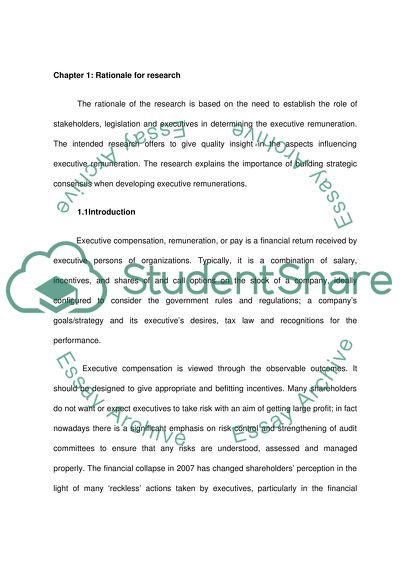Cite this document
(“CEO remuneration and a firm performance Dissertation”, n.d.)
CEO remuneration and a firm performance Dissertation. Retrieved from https://studentshare.org/design-technology/1403748-ceo-remuneration-and-a-firm-performance
CEO remuneration and a firm performance Dissertation. Retrieved from https://studentshare.org/design-technology/1403748-ceo-remuneration-and-a-firm-performance
(CEO Remuneration and a Firm Performance Dissertation)
CEO Remuneration and a Firm Performance Dissertation. https://studentshare.org/design-technology/1403748-ceo-remuneration-and-a-firm-performance.
CEO Remuneration and a Firm Performance Dissertation. https://studentshare.org/design-technology/1403748-ceo-remuneration-and-a-firm-performance.
“CEO Remuneration and a Firm Performance Dissertation”, n.d. https://studentshare.org/design-technology/1403748-ceo-remuneration-and-a-firm-performance.


